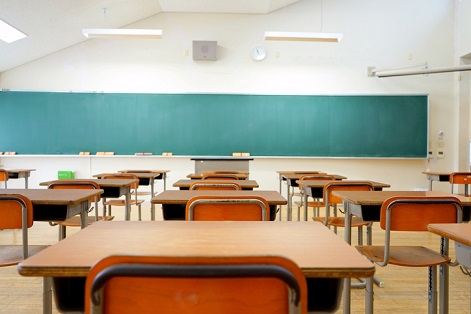
In November, a report found that while one in four students with a disability are restrained or secluded, more than 40% are excluded from school activities and over 12% of these students are turned away by schools.
Statistics like this, released in the midst of proceedings of the Royal Commission into Violence, Abuse, Neglect and Exploitation of People with Disability, have prompted many to ask the question: just how inclusive is Australia’s education system?
A new book is calling for the implementation of inclusive practices in Australian schools, and explaining why and how it can be achieved.
The book, Inclusive Education for the 21st Century, draws on insights from leading researchers around Australia to outline what inclusive education in Australia would really entail, and what parents, teachers, allied health professionals, and policy-makers can do to support it.
Professor Linda Graham of QUT, the editor of the book, said that while progress has been made in some quarters, Australia’s education system often falls drastically short of inclusive practices.
“People still ask: ‘what is inclusive education?’,” Professor Graham said.
“Inclusive education is actually very clearly defined; where the hiccup is in the chain is in the implementation”.
Professor Graham refers to inclusive education as “the elimination of barriers to education, enabling all students to participate in learning experiences with their same-aged peers”.
“It differs from exclusion, segregation and integration,” she explained.
“True inclusive education requires systemic reform. To achieve truly inclusive education, we need to properly allocate funding to support it”.
Professor Graham said people also need to shrug off the notion that teaching children with disabilities is something that should be specialized by a select few teachers, saying all teachers require these skills.
“Teachers need to know how to teach to the diversity of the students in their classrooms, not just to the ‘average’ student,” she said.
Dr Kate de Bruin of Monash University, who contributed to the book, looked specifically at the question of “Does inclusion work?”
“People sometimes conflate the idea of inclusive with the concept of integration,” Dr de Bruin said.
“Inclusion is about creating appropriate spaces for students with disabilities to learn, without being segregated from their peers. Integration is about expecting students with disabilities to ‘just fit in’”.
Dr de Bruin said this conflation is used, periodically, to raise the notion in the public realm of whether it is appropriate to be educating students in inclusive settings because it’s somehow ‘not fair’ on those students without disabilities.
“The reality that students with and without disabilities will coexist in the same world after graduation, and it is beneficial for both groups to learn together from the get-go, is ignored in this misleading debate,” she said.
“But this is not just about teaching students without disabilities how to exist in an inclusive society: my research has found that there are a wide range of social and personal benefits for inclusive education for all students.”
Additionally, said Dr de Bruin, students with disabilities achieve significantly higher academically when placed within inclusive settings.
To help with the promotion of truly inclusive education practices, which benefit all students, Professor Graham and her co-authors are looking for ways to assist teachers.
“We’ve created this book to guide teaching in the area,” Professor Graham said.
“We are also launching a free two hour online course for teachers today, which will guide them through foundational concepts and why inclusive education is a human right”.


